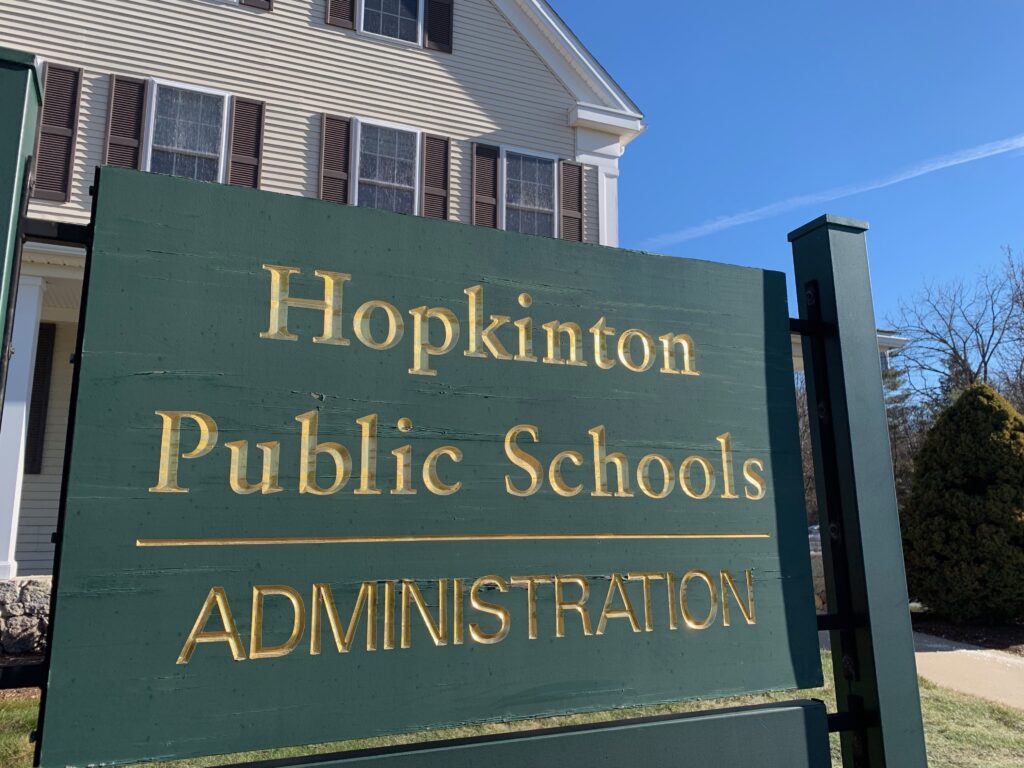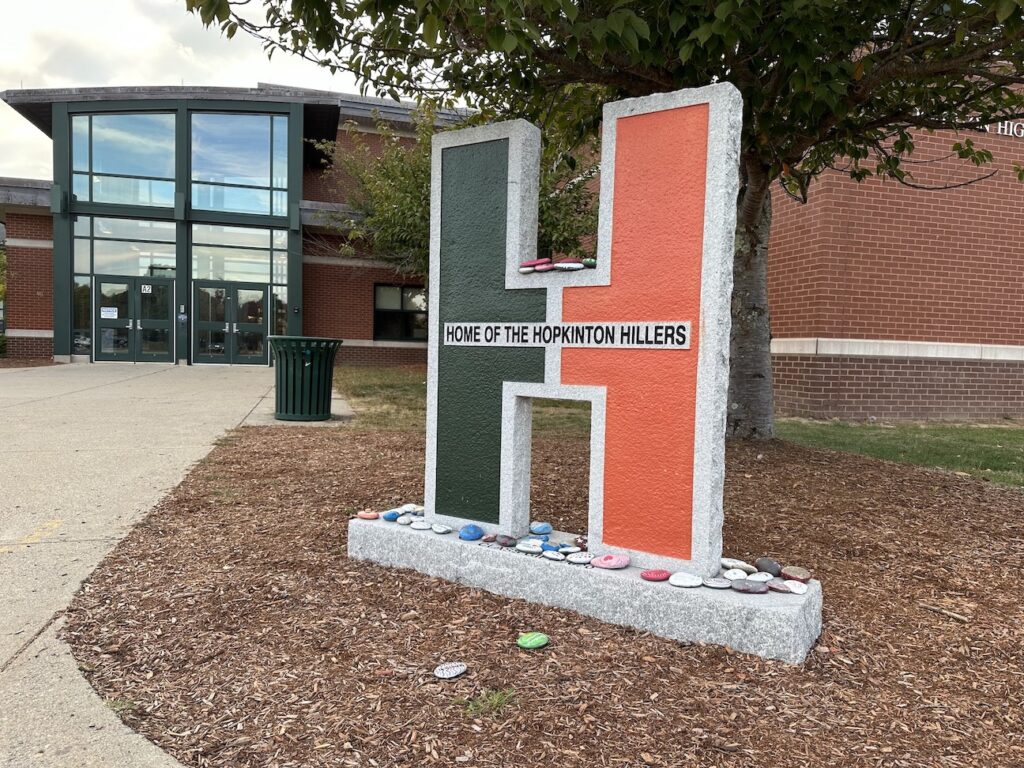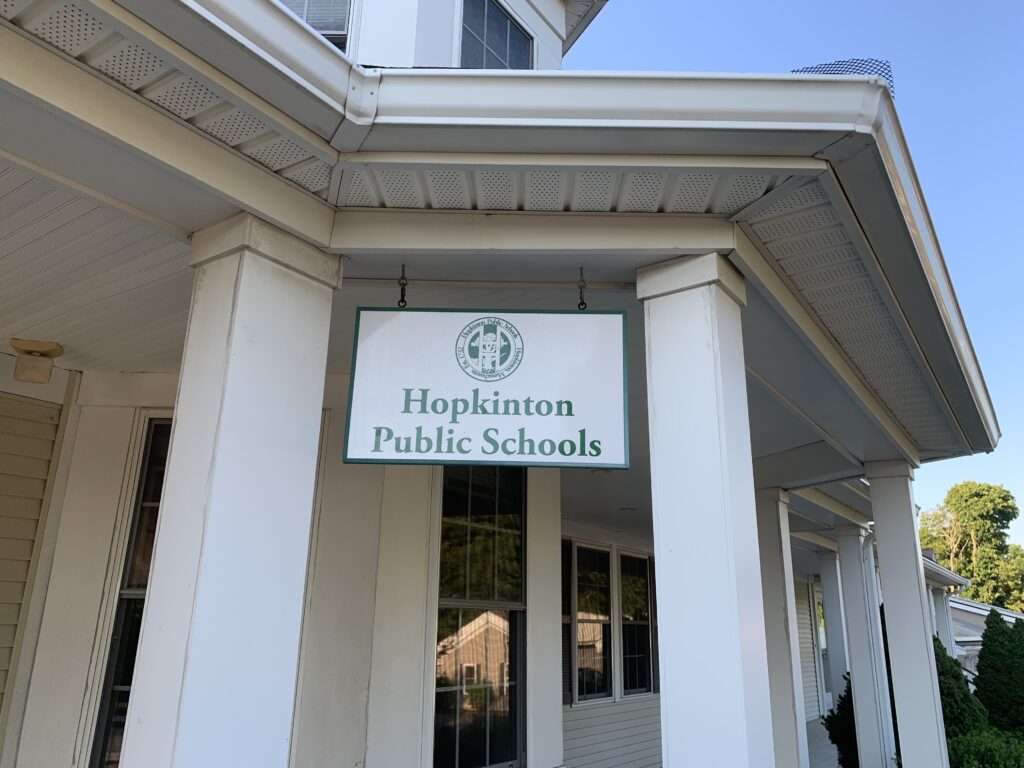More than half of the three-hour School Committee meeting Thursday night was devoted to the issue of dyslexia and the various programs the district offers to address it and other learning disabilities.
During the public comment period, several mothers spoke about the problems and frustrations their children are having with reading and called for the schools to provide more thorough training for teachers as well as structured instruction.
Andrea Benson expressed disappointment that her child was not identified earlier as having dyslexia. During the pandemic and remote learning, she and her husband witnessed how much her child was struggling, she noted.
Benson said she wanted the committee to take a more “aggressive and progressive” approach to ensure students get the appropriate education they need in order to learn to read.
Now a third-grader diagnosed with dyslexia, Benson’s daughter still is learning how to read, she added. She said she wished 1 1/2 years hadn’t been wasted. Benson said that Hopkinton should be “leading the transformational wave” sweeping across the country and state for “modern, science-based, structured” literacy programs.
“We have the knowledge, the will … nothing is holding us back,” she said.
Sabine St. Pierre said the “emotional toll” dyslexia places on kids needs to be recognized. She relayed incidents when her second-grader refused to go to school and talked about being overwhelmed because he was surrounded by too many words.
She noted that it takes five times the effort for a child with dyslexia to process language and stressed the importance of keeping track of these kids and ensuring they get proper services.
Superintendent Carol Cavanaugh and a team of other administrators led a presentation where they highlighted the tools they are using for kids struggling with reading.
“Our hearts are in the same place as yours are,” Cavanaugh told the parents.
She said meeting the goal of every child reading at their grade level is something educators do on a daily basis.
The superintendent defined dyslexia as a “language-based difference with a neurobiological basis.” She said it is not related to intelligence or motivation, is lifelong and “lives on a continuum.”
The presenters talked about the STAR Early Literacy tool they use as a first-level screener and said they would be implementing a program called Early Bird next fall.
The new program would provide “a more nuanced look” at phonological awareness, sound-symbol correspondence, rapid automated naming (RAN) and oral language comprehension, according to Director of English Language Acquisition Deborah Moriarty.
The educators also outlined lists of formal and informal literacy assessments they use as well as curriculum-based measures/assessments at different grade levels, noting they focus on accuracy/decoding, fluency and comprehension.
They noted that students are matched with intervention programs based on their profiles and specific needs based on assessments. Progress is followed, and if something is not working, students move to a more restrictive model.
Although the pandemic hindered some training efforts, they talked about the number of educators specifically trained and certified at each school.
Cavanaugh encouraged parents to contact educators with questions and concerns and noted there is “not an overnight solution.” She emphasized the district has “comprehensive, research-based” approaches to teach all students, and “no one size fits all.”
HOSA Club to compete in Tennessee
The School Committee took two actions regarding the high school’s Health Occupation Student Association (HOSA) Club. The board agreed to pay the advisor a stipend of $800 for fiscal year 2022 and $1,500 for FY23.
In addition, student Ishi Khurana, the club’s co-president, appeared before the committee to talk about a request for 12 students to compete at the HOSA International Leadership Conference in Nashville, Tennessee, from June 21-26.
She noted that the club has 62 members, and a dozen of those students qualified for the event by placing in the top three at the state level conference.
Further, Khurana said the competition has a number of categories that students can participate in either individually or as a team. These areas include health education, public service announcement, medical terminology and more.
The international conference also has seminars, demonstrations, challenges and simulations.
The board approved the trip.
Lunch prices to rise
In other business, the committee approved an increase in lunch prices to meet the requirements of the Healthy, Hunger Free Kids Act of 2010, whereby the average price must meet or exceed the difference between the federal reimbursement rate for a free lunch and paid lunch.
The cost for elementary school lunches will rise by 50 cents to $3.25. The prices for secondary school and adults will increase by 25 cents to $3.50 and $4.00, respectively.
A comparison sheet showing the prices at other schools had a low ranging from $2 to $2.50 in Milton to a high of $3.75 in Monson.



















0 Comments